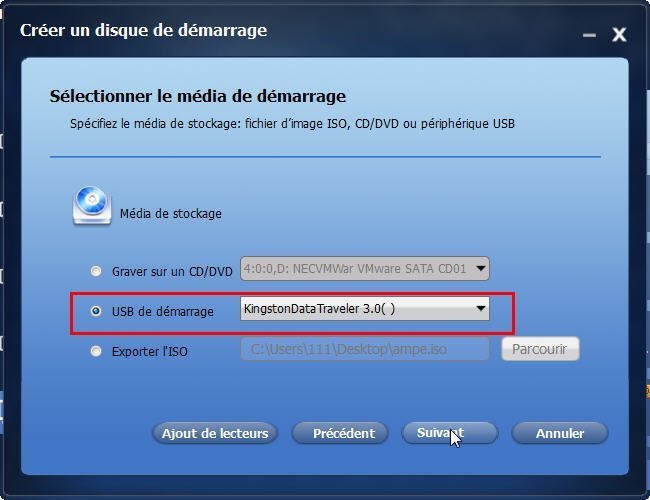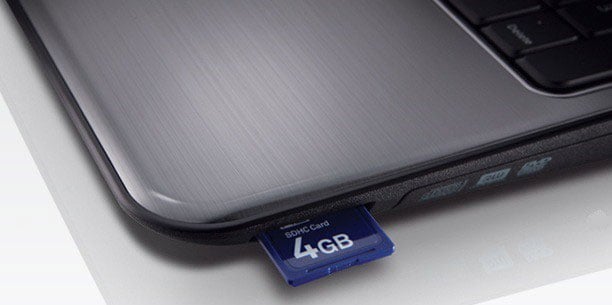- Download Macos Bootable Usb On Windows
- Download Snow Leopard Bootable Usb
- Download Mavericks Bootable Usb
- Download Macos High Sierra Bootable Usb
Apple has just released the final version of macOS Big Sur to the public. You can start upgrading your compatible Mac devices by downloading Big Sur from the App Store or Settings > Software Updates. But if you prefer to completely wipe out your Mac and do a fresh install of macOS Big Sur, you will need a bootable media.
To create a bootable USB drive with macOS, use these steps: Download and install TransMac on the Windows 10 device. Quick note: This is a paid software, but it gives you a 15-day trial, which is more than enough time. If you want to use your USB stick with an Apple Mac, you will need to restart or power-on the Mac with the USB stick inserted while the Option/alt (⌥) key is pressed. This will launch Apple’s ‘Startup Manager’ which shows bootable devices connected to the machine. Your USB stick should appear as gold/yellow and labelled ‘EFI Boot’. UNetbootin (short for “Universal Netboot Installer”) is software that allows you to easily create bootable USB flash drives to install or use operating systems. This software is designed to be cross-platform and works with Windows, as well as Mac and Linux operating systems. Unetbootin Windows Unetbootin MacOS Unetbootin Linux While the primary.
I perform a fresh install every time Apple releases a major macOS version – which usually happens once a year. This time too, I will update my Macbook Air by performing a fresh install. And to do that, I will make a bootable SD card. You can also use a USB stick aka pen drive aka flash drive and perform a fresh install.
In this quick tutorial, I will share how I make a bootable macOS memory card or USB stick, wipe my Mac, and perform a fresh install. You will need a stable internet connection and a storage media with minimum 16GB space. Before you begin, make sure you have taken backup of your Mac.
Step 1: Download macOS Big Sur
Open App Store and search for macOS Big Sur. Click Get and the Software Update window will open. Click upgrade now and it will start downloading the macOS update. If you don’t see macOS Big Sur in App Store, follow this link and choose open link in App Store.
The installer is 12GB so be patience.
Once it finished downloading, the macOS installer is placed under Applications and will run automatically. Close the setup window.
Step 2: Preparing the Storage Media
Insert the storage media you would like to use. I use a 64GB micro SD card with my MacBook Air. You can use a USB-C to USB adapter for Mac models without USB A ports and memory card slot.
Open Disk Utility.
Select the storage medium you just connected from the list on left and click Erase. Select Mac OS Extended (Journaled) from Format dropdown. Type BigSur or any other name you like. Make it simple because you will use this name in the next step.
Click Erase and wait until the media is erased.

Step 3: Making the Bootable Media
Now open Terminal and type the following command. Make sure you don’t leave any spaces. Replace BigSur with whatever name you chose in Step 2.
Press enter.
Enter your password, type Y and press enter again. The process takes roughly 20 minutes. After it’s finished, you will notice that the name of your USB stick/SD card has been changed to Install macOS Big Sur.
Step 4: Installing macOS Big Sur from Bootable Media
Right. Now you have a Big Sur bootable media. It’s time to start the installation process.
Restart your Mac. When it’s booting up (right after the chime sound), press and hold Option key until you see a screen with an option to select the startup disk.
Select Install macOS Big Sur and click continue. Let the installer load.

Now you will see the macOS Recovery screen which will ask you to select a user account which you know the password of. Choose your administrator account and enter password. Note that this is the user on your current macOS setup.
Click Disk Utility and continue. Select the volume where macOS is currently installed on your Mac. Click Erase. Leave all options as default. Click Erase again.

Download Macos Bootable Usb On Windows
After the process finishes, close Disk Utility and you will return to the recovery screen. Choose ‘Install macOS’ this time and click continue.
The macOS installation process will start and your Mac will reboot a few times.
Once finished, you should see the macOS setup screen. After you are done with onboarding, you will see the desktop and are all set to start using macOS Big Sur.
The same bootable media you just made can be used to install macOS Big Sur on all your (compatible) Macs. This approach helps save bandwidth if you have more than one devices while also letting you erase all data and perform a clean install. It will also come in handy as a recovery media if your Mac software misbehaves in future.
That’s all, folks. This was a tutorial on making a bootable macOS Big Sur installation media. I hope you found it useful and I’d like to thank you for reading.
Support Me: If this article/tutorial helped you today, please consider supporting me and help me run techstuffer.com.
It does not matter whether you use macOS or Windows 10. It’s just a matter of time until your device will refuse to start, which could happen for many reasons, including (and not limited to) file corruption, hardware failure, and buggy update. If the unexpected happens with an Apple computer, you can use a macOS bootable USB with the installation media to repair it.
This is one of the main reasons you should consider making a macOS bootable USB when your device is working properly. However, if none of your devices (MacBook, MacBook Air, MacBook Pro, iMac, Mac Pro, or Mac Mini) aren’t working when you need them the most, then you can use a PC to rescue your Apple device. You can use a Windows 10, Windows 8.1, or Windows 7 device to quickly create a USB bootable installation media to reinstall macOS Catalina or Big Sur on your Mac.
In this guide, you’ll learn the steps to create a macOS Catalina bootable USB installation on Windows 10, which you can use to reinstall or upgrade the Apple OS.
Requirements
Before proceeding, you’ll need the following:
- Broken Mac computer running macOS (version 10.12, 11, or later).
- A trial copy of the TransMac software.
- One high-quality USB flash drive with 16GB of storage.
- Copy of macOS (DMG file).
Create macOS bootable USB installation media
To create a bootable USB drive with macOS, use these steps:
Download and install TransMac on the Windows 10 device.
Quick note: This is a paid software, but it gives you a 15-day trial, which is more than enough time. (If this works for you and you want to support the developer, you can purchase the full version.)Connect the USB flash drive. (If you have any data on the flash drive, remember to make a backup, as everything on it will be erased.)
Right-click the TransMac app and select the Run as administrator option.
Click the Run button. (If you’re using the trial version, wait 15 seconds.)
Right-click the USB flash drive, select the Format Disk for Mac option from the left navigation pane.
Quick note: You want to do this before creating the bootable media because there is a good chance that the drive was formatted using a Windows device. If this is the case, the chances are that it’s using an MBR partition, and the USB drive needs a GPT partition to work on a Mac.Click the Yes button to format the drive on the warning message.
Confirm a name for the drive. For example, “macOS bootable USB.”
Click the OK button.
Click the Yes button.
Click the OK button.
Right-click the USB flash drive and select the Restore with Disk Image option from the left navigation pane.
Click the Yes button to confirm the erase of the USB flash drive data.
Click the browse button on the right.
Select the .dmg file with the macOS installation files.
Click the Open button.
Click the OK button.
Click the Yes button.
Download Snow Leopard Bootable Usb
Once you complete the steps, you can now insert the USB flash drive on your Mac computer to install, reinstall, or upgrade the operating system to the latest macOS version, which can be Sierra, Catalina, Big Sur, or higher.
Create a GPT partition on USB flash drive
If the USB flash drive is not working with TransMac, it could still be a partition problem. In this case, you may need to redo the entire process again. However, this time you should use the following steps to use the Diskpart command-line utility on Windows 10 to create the appropriate GPT partition, and then follow the above instructions.
To create a GPT partition on a removable drive, use these steps:
Download Mavericks Bootable Usb

Open Start.
Search for Command Prompt, right-click the top result, and select the Run as an administrator option.
Type the
diskpartcommand and press Enter.Enter the
list diskcommand to view all drives connected to your computer and press Enter.Type the
select diskcommand followed the number assigned for the USB flash drive (for example,select disk 4), and press Enter.Enter the
cleancommand and press Enter.Type the
convert GPTcommand and press Enter.Enter the
create partition primarycommand and press Enter to complete the process.
Once you formatted the USB flash drive with a GPT partition, you can use the instructions mentioned above to use TransMac to create a bootable media, but this time skip steps No. 5 through 10 and continue on step 11.
After the process completes, which can take up to an hour, connect the USB flash drive and power on your Mac holding down the Option key, select the USB drive to begin installing macOS.
Download Macos High Sierra Bootable Usb
If you have problems creating the bootable media, you can get a USB flash drive that comes with macOS Sierra, El Capitan, Catalina, etc., on it with the link mentioned below. (I haven’t tried it personally, but it’s worth the try if nothing works.)
